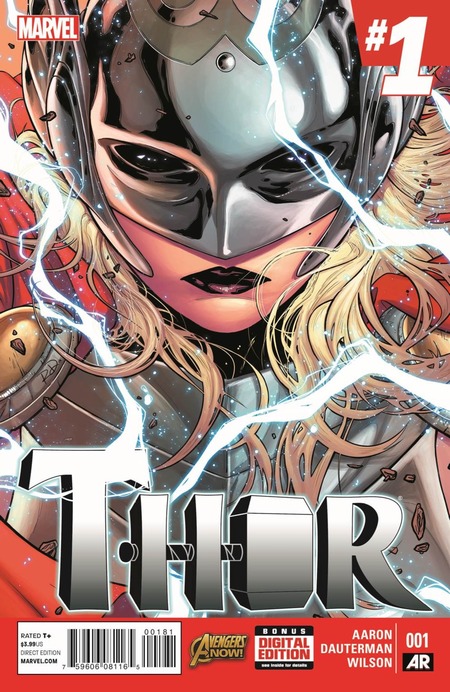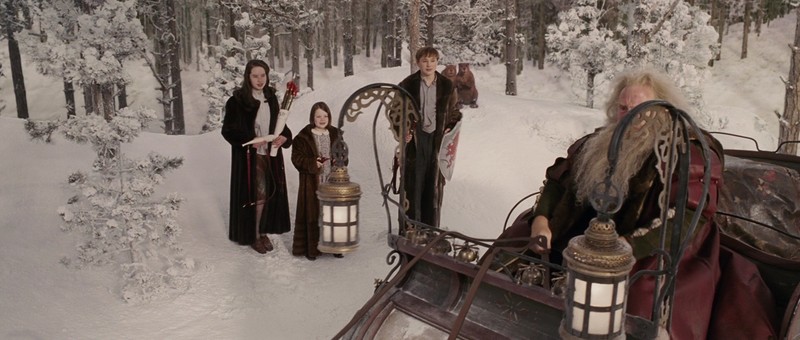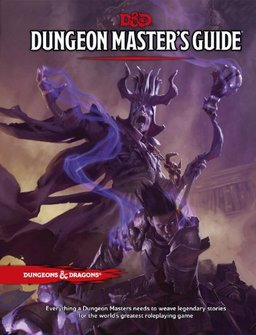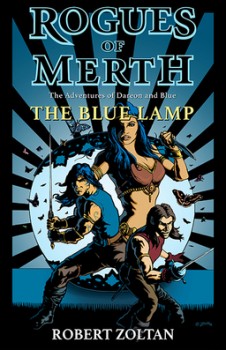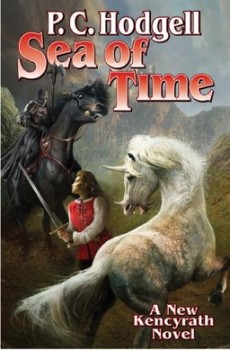The First Blade Runner 2 Trailer is Out!
Blade Runner is my favorite science fiction movie and it’s probably in my Top 10 Movies of All Time as well. It’s scifi, hard boiled noir with great cinematography. I have the 4-disc Director’s Cut DVD set and a couple soundtrack CDs. I played the PC game through twice and I even have D.K. Jeter’s two not-so-great sequel novels (thank goodness they didn’t turn to those for the sequel!).
I am optimistic that Blade Runner 2049, the sequel out next year, over two decades after the original, will be a good movie. Hampton Fancher, who co-wrote the original Blade Runner script, co-wrote this one as well. And Harrison Ford is back as Rick Deckard. Now, I think that Ridley Scott played a pivotal role in the look and feel of Blade Runner. He is listed as an Executive Producer on the new film, but he is not directing. So, I’m a bit concerned.
In the new film, Ryan Gosling plays Agent K, a young blade runner who discovers a secret which could destroy society. So, he seeks out former blade runner Rick Deckard (Ford), who seems to have been missing for thirty years, for help. Visually, this has the Blade Runner feel. And I can’t stress enough how important that’s going to be. If watching this new film doesn’t take you back to the original, it’s going to be a failure.
